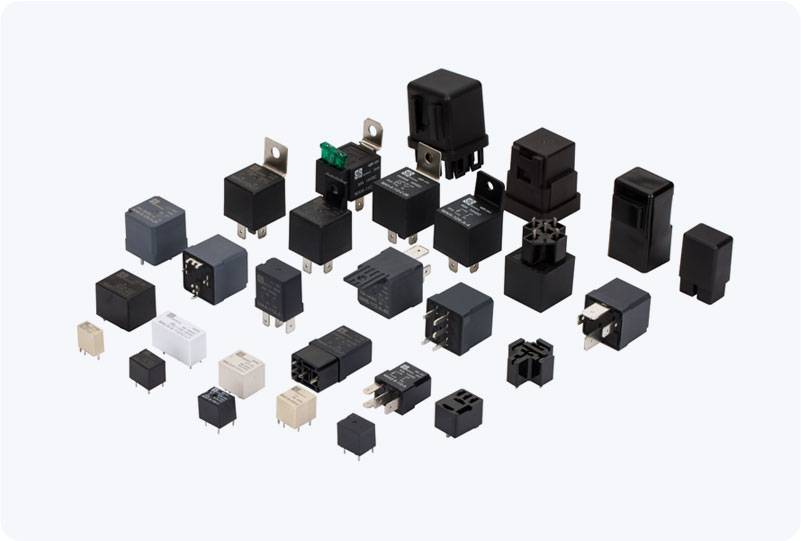Overload relays are critical devices in the field of electrical engineering, specifically designed to protect electric motors from the dangers of overheating due to excessive current. These devices are typically utilized within motor starter circuits, ensuring that motors function efficiently and do not suffer damage from prolonged overload conditions. This article will delve into the fundamental workings, types, and significance of overload relays in industrial applications, equipping readers with a comprehensive understanding of this essential component.

The Functionality of Overload Relays At their core, overload relays monitor the current flowing through an electric motor. When an electric motor operates under normal conditions, the current remains within specified limits; however, if the load on the motor exceeds its rated capacity, the increased current can lead to overheating and potential damage. Overload relays act as a safeguard by interrupting the power supply to the motor when detection of excessive current occurs. The typical design of an overload relay employs thermal or electronic mechanisms to achieve this monitoring. Thermal overload relays utilize bi-metallic strips that bend in response to heat generated by excessive current, while electronic overload relays use sensors and microprocessors to continuously monitor current levels more accurately and rapidly.